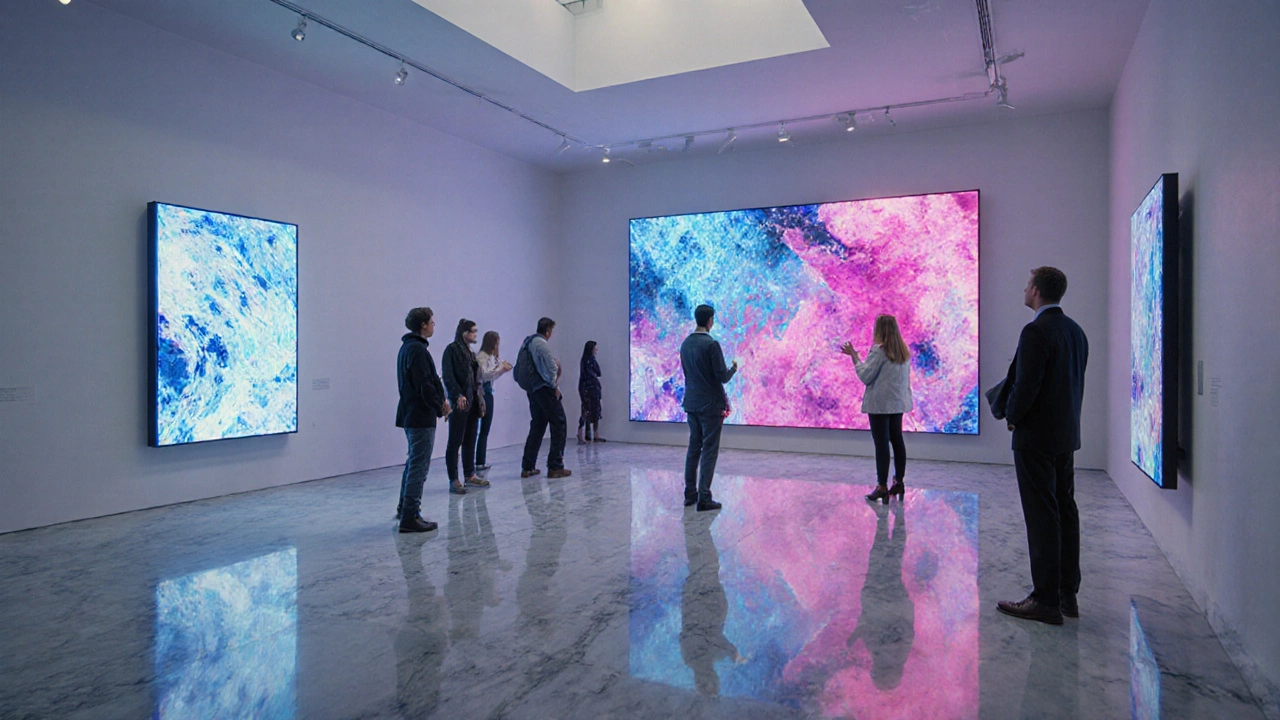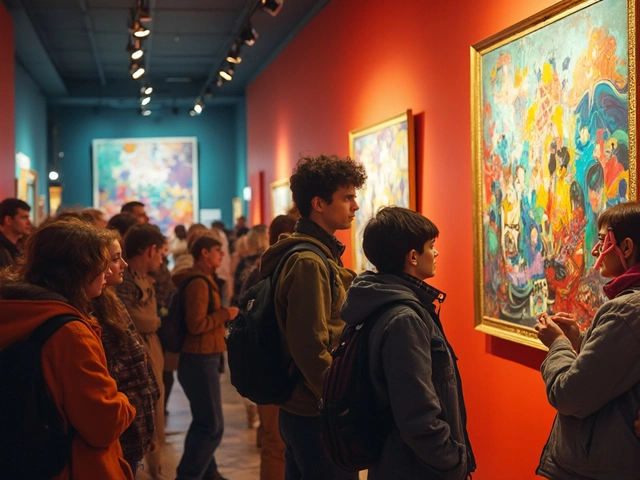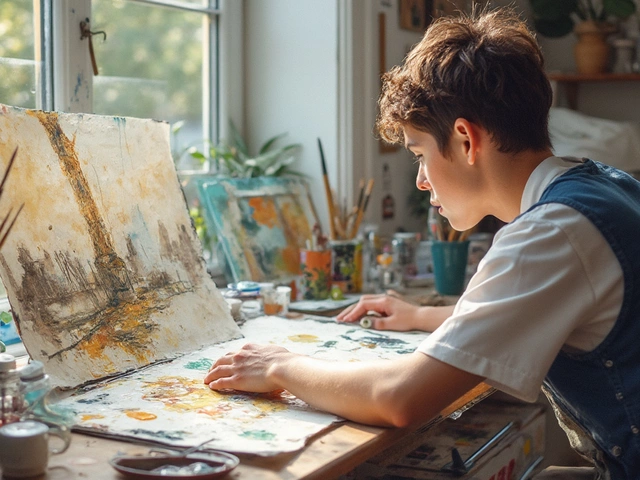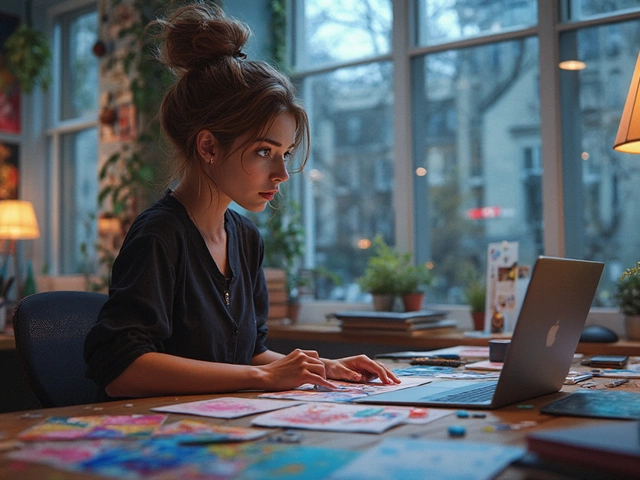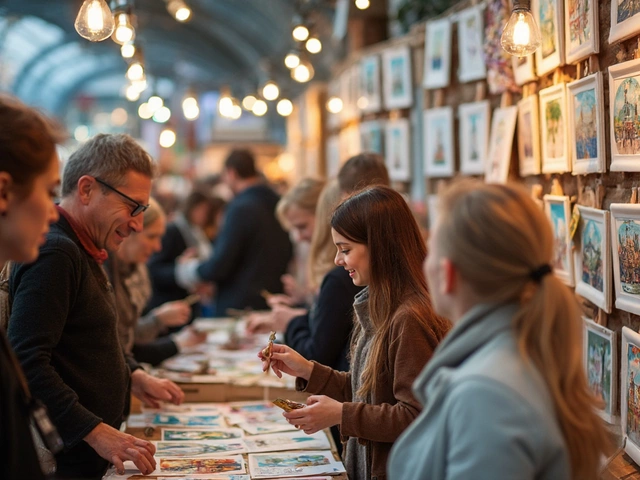Immersive Art – Dive Into Experience‑Driven Creativity
When talking about Immersive Art, a form of art that surrounds the viewer with visual, auditory, or tactile elements to create a full‑body experience. Also known as immersive experiences, it blends space, technology, and storytelling. Immersive Art isn’t just a buzzword – it actually encompasses installation art, where entire rooms or structures become the canvas, and the artwork lives in a three‑dimensional setting you can walk through. It also requires digital art, using video projections, computer‑generated imagery, or complex lighting rigs to turn walls into moving narratives. By merging these ideas, immersive art turns a gallery visit into a journey rather than a quick glance.
Tools, Techniques, and the Tech That Makes It Happen
To pull off a truly immersive scene, artists lean on interactive art, which influences how audiences engage – sensors might react to a viewer’s movement, changing colors or sounds in real time. Another game‑changer is virtual reality art, where headsets transport you to entirely digital worlds. In practice, this means projection mapping onto sculptures, soundscapes synced with motion, or AR layers that appear on a smartphone screen. The workflow often starts with a storyboard, then a 3D model, followed by programming triggers that link the physical space to the digital output. Artists who master these tools can create rooms that feel alive, like walking inside a Van Gogh swirl or a futuristic cityscape – concepts you’ll spot in our articles about abstract art, realistic sculptures, and the highest‑paid digital creators.
Who actually uses immersive art? Museums roll out large‑scale installations to attract visitors, brands design pop‑up experiences to showcase products, and teachers craft interactive lessons that make science feel like a game. Even photographers experiment with immersive setups, projecting their prints onto walls to turn static images into kinetic displays. This cross‑disciplinary appeal explains why our collection covers not just theory but also practical tips: from pricing a custom portrait to turning a traditional painting into a digital asset, and from choosing the right surface for a sculpture to mastering the grisaille technique for dramatic monochrome scenes. Each piece gives you a fresh angle on how immersive art can boost your own projects, whether you’re a budding creator or a seasoned professional looking to expand your toolkit.
Below you’ll find a curated set of articles that dive deep into the world surrounding immersive art. Expect clear breakdowns of modern and contemporary movements, step‑by‑step guides on techniques like projection mapping, and real‑world advice on turning immersive concepts into marketable work. These resources will help you understand the full spectrum of immersive art, from the history of installation pieces to the cutting‑edge tools powering virtual reality experiences. Ready to explore? Let’s jump into the posts and see how you can start building your own immersive creations today.
What Is the Most Modern Art Style? A Deep Dive Into Today’s Cutting‑Edge Movements
Explore today's cutting‑edge art movements-from AI‑generated pieces to immersive VR installations-to discover which style truly qualifies as the most modern.
Continue Reading